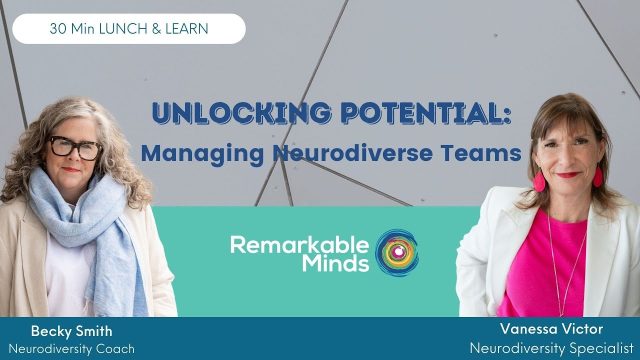Using Clay to Learn Subject-Specific Vocabulary
We all know that feeling when we come across new words – many of them in a short space of time, in fact – and then you are expected to use them as if you should know them as part of your life’s experience after one short explanation. You kind of feel overwhelmed, perhaps a bit ill, a bit stupid if others around you are picking them up faster, and certainly find you often lost focus when these words are used.
I know my one recently has been ‘opportunity cost.’ This Economics word means ‘the loss of other alternatives when one alternative is chosen.’ But, really what does that mean in the real world? And how on earth do I use it in a sentence? Am I supposed to say, “I HAD an opportunity cost when I chose chocolate over fruit,” or do I say, “When I chose to buy a dog there WAS an opportunity cost over buying a cat?”
For students, subject vocabulary is hard and there is a lot to consume over a short space of time. Sometimes, over 6 lessons a day, you may be introduced to as many as 12-15 new words, and next lesson, you are expected to have understood and retained the words to memory, as well as use them in the next class test, at which point you are given a few more new words to use. Fuzz brain syndrome alert!
For a right-brain heavy, non-verbal thinker, flat 2D words are exhausting, often meaningless, and create an incredible amount of fatigue. This doesn’t mean they don’t have the capability to learn all these new words and use them as well as their classmates. It means, they need to engage in the meaning of these words in a different, non-verbal way.
Based on the pioneering work of Ron Davis, these videos are designed to help students use their inherent creativity to engage with the meaning of subject-specific words. Using clay, their hands, and their natural thinking style, working with words has never been more fun, easy and effective. Check out all three videos for a closer look!







